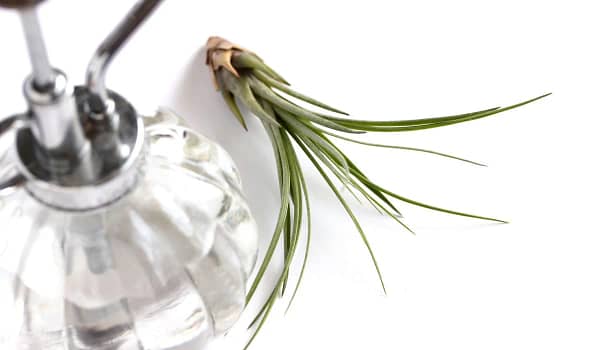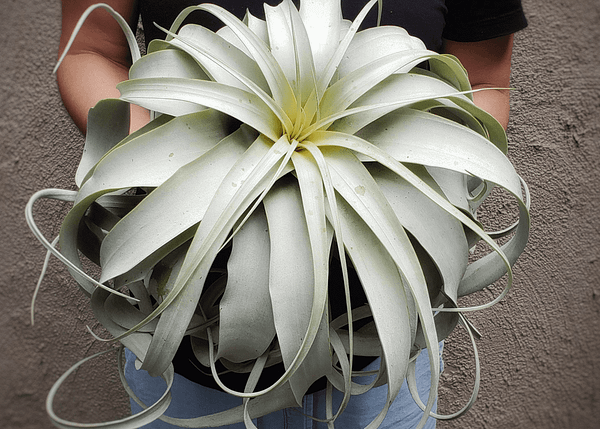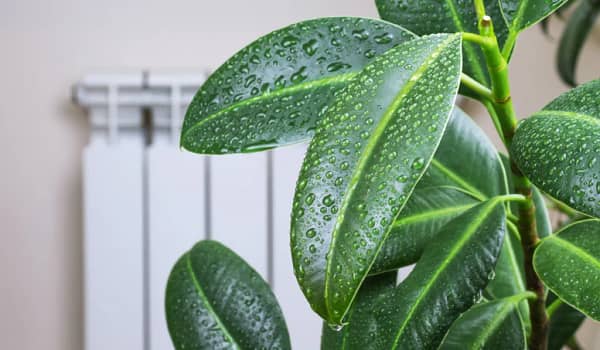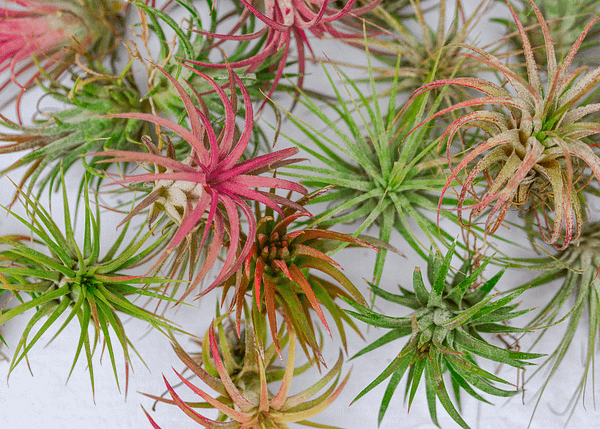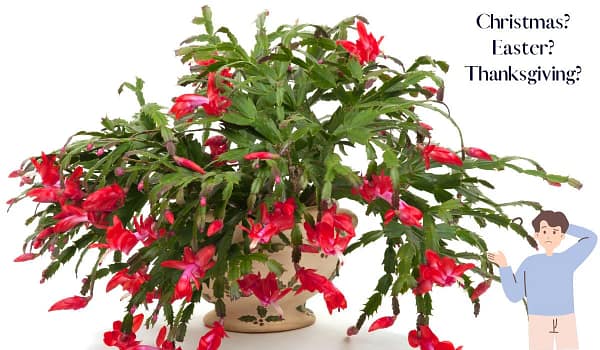All About Persian Shield

Strobilanthes dyerianus
A Persian shield (Strobilanthes dyerianus) is a popular tropical plant known for its striking metallic purple and silver leaves. It is native to Southeast Asia and is commonly grown as a houseplant or in gardens in warm, humid climates.
The Strobilanthes dyerianus plant can reach up to three feet in height and is primarily grown for its foliage, which adds a splash of bright color to any indoor or outdoor space. The Persian shield is relatively easy to care for and adds a nice contrast to dark green plants.

How to Care for Persian Shield
Strobilanthes dyerianus is a tropical species native to Southeast Asia. They prefer bright, indirect light as they would get growing under trees. Unlike most colorful houseplants, Persian Sheilds will actually lose color if they get too much sunlight. These do best in east-facing windows when kept indoors and shade when growing outdoors.
Persian Shields are particularly sensitive to dry soil. The leaves will start to brown on the tips if the soil is allowed to dry out. Keep soil consistently moist, not wet. I think of it as when you’ve blown out your hair but it’s not dry enough to put an iron through it. Or when you take towels out of the dryer but they aren’t completely dry yet. So when applied to soil, it’s not dripping wet but there is still moisture in it, that’s the moisture consistency we’re striving for.
The average temperature and humidity in most home environments is perfect for these tropical plants. However, you may need to increase humidity if you are in an arid environment. Check out our article 10 Ways to Increase Humidity for ideas.
The plant can reach up to three feet in height and get leggy if not pruned. To keep Persian Shields busy, pinch off the top growth and new shoots will branch out.
Care Summary
Zone
The ideal temperature range is 60° – 80 ℉
Persian Shield Plants prefer warm, humid conditions.
Find your zone here.
Water
They prefer consistently moist soil. Dry soil will cause browning leaf tips.
If you are unsure, stick your finger in the soil.
Too much water can cause root rot
Size
These are tall plants that will grow leggy if not pruned.
Most are around 1-2 feet wide and 3-4 feet tall.
Light
Bright, indirect light but can grow well in medium-light situations.
Persian Shield loves the morning sun.
Direct sun after 11 am can cause sunburn.
Grow in shade outdoors.
Soil
Use a rich potting mix that drains well.
Compost will add much-needed nutrients.
Humidity
40% or higher humidity levels.
Native to subtropical regions.
Toxicity
Persian Shield is listed as non-toxic to humans and pets.
There are some reports of the sap being mildly irritating to the skin.
Find more pet-safe plants here.
Fertilizer
Fertilize every during the growing season.
Once every three months with Green Grub Insect Frass.
For synthetic, use an all-purpose houseplant fertilizer with a balanced ratio.
Propagation
Division
Stem or leaf cuttings

How to Propagate Persian Shield
Propagating Persian Shield is easy and needed to keep a bushy appearance.
There are two ways to propagate – division, and leaf cuttings. Both methods are best done in the spring.
Division
1. This is easily done while repotting your plant. Once you have the rootball out of the pot, use a sharp knife to cut individual offsets away from the main plant. Make sure to get enough roots to support the new offset.
2. Likewise you can also loosen the rootball with your fingers and gently separate the offset from the main plant.
3. Plant your new offset into a rooting medium, keep moist and wait for the plant to establish.
4. Once your offset is established and growing well. Repot into a pot that is 1 inch larger than the rootball and enjoy your new plant!
Leaf Cuttings
1. Take cuttings of healthy leaves making sure to get the leaf stem. I prefer to have at least five cuttings.
2. Plant the stem(s) into a rooting medium and keep the medium moist, not wet.
3. Cover with a clear plastic or glass dome so that the leaves do not dry out. Seed starting kits and propagation boxes work well for this.
4. Place your cuttings/ prop box in a warm area with bright indirect light and keep medium moist, not wet.
5. Wait for new growth. Once you have a thriving plant-let, repot, and slowly acclimate to a less humid environment.
Common Problems with Persian Shield
1. Wilting leaves: If the leaves of your Persian Shield plant appear wilted, it may be due to overwatering or not providing enough water. To fix this, adjust your watering schedule to ensure the soil is evenly moist but not waterlogged.
2. Fungal disease: Persian Shield plants are susceptible to various fungal diseases such as leaf spot and powdery mildew. These diseases can cause the leaves to turn brown, yellow, or develop white powdery coatings. To control the spread of the disease, remove any infected leaves and apply a fungicide according to the package directions.
3. Insect infestation: Persian Shield plants are prone to aphids, spider mites, and whiteflies. These pests can cause yellowing or stunted growth of the leaves. You can control them by using insecticidal soap or neem oil according to the package directions.
4. Root rot: Overwatering can cause the roots of the Persian Shield plant to rot, leading to the death of the plant. To prevent root rot, ensure the soil is well-draining and avoid overwatering.
5. Temperature stress: Persian Shield plants prefer warm temperatures between 60-80°F. Exposure to cold temperatures or drafts can cause the leaves to wilt, turn brown, or drop. To prevent temperature stress, avoid placing the plant near air conditioning vents or drafty windows.
Get your very own Persian Shield here.
We act as affiliates for trusted merchants and we may earn referral commissions resulting from purchases of products or services recommended on this website.’














